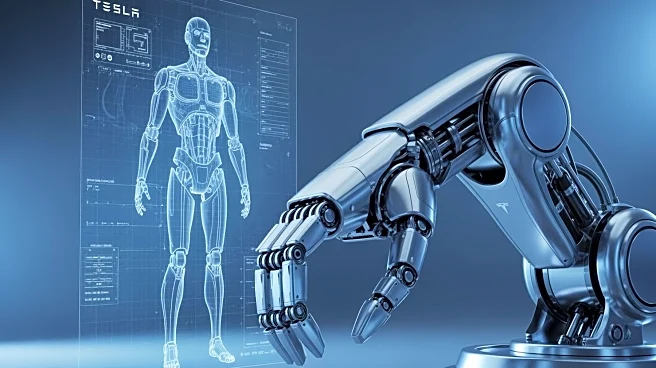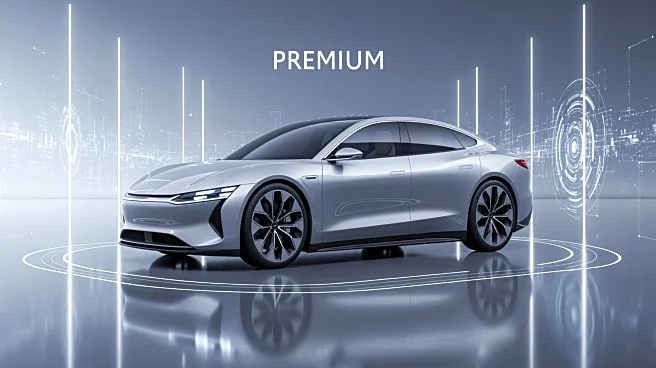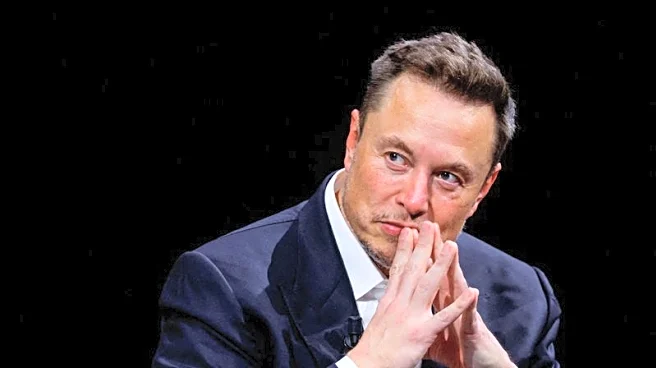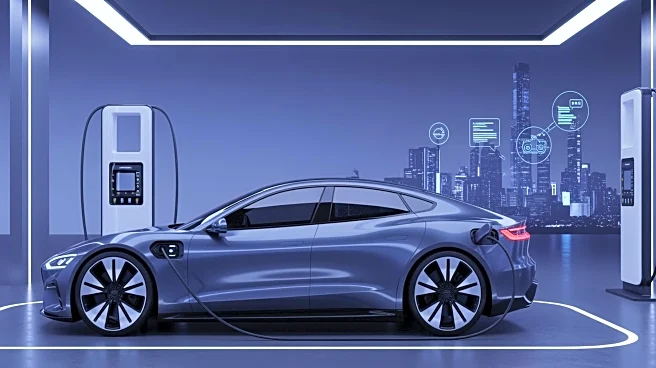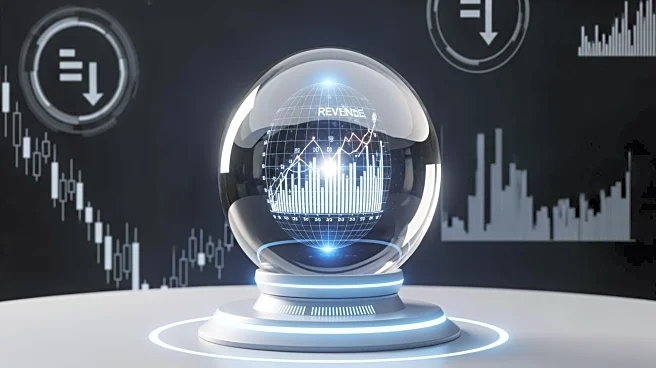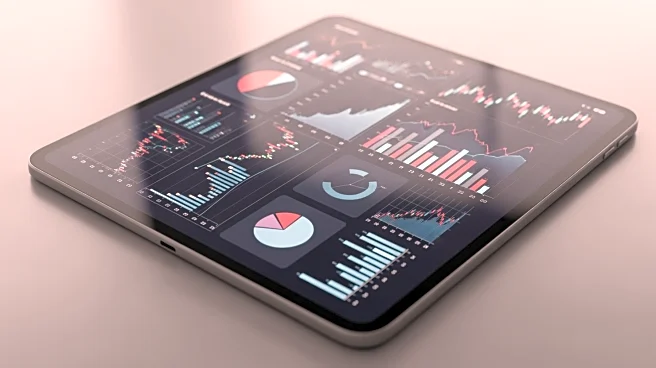What's Happening?
Elon Musk's Tesla is advancing its vision for human-like robots, known as Optimus, which have been showcased in Tesla showrooms and factory floors. Musk envisions these robots playing a significant role
in everyday life, alongside self-driving robotaxis and Cybertrucks, as part of Tesla's strategy to establish a strong presence in the artificial intelligence landscape. Investors have shown confidence in this vision, as evidenced by Musk's $1 trillion pay package, which includes the goal of delivering a million AI bots over the next decade. The potential for humanoid robots is being explored by other tech giants, such as Apple and Foxconn, with predictions of substantial revenue generation by 2040. The development of humanoid robots is driven by advancements in AI and robotics, making them feasible for various settings, including warehouses, restaurants, elder care, and security.
Why It's Important?
The development and deployment of humanoid robots could significantly disrupt various industries, particularly those involving physical services. As these robots become more advanced and cost-effective, they could replace human labor in tasks ranging from industrial work to household chores. This shift could lead to increased efficiency and reduced labor costs for businesses, while also raising concerns about job displacement and the need for new skill sets in the workforce. Additionally, Tesla's focus on humanoid robots aligns with its broader AI ambitions, potentially advancing artificial general intelligence systems capable of matching human abilities. The success of this initiative could position Tesla as a leader in the AI and robotics sectors, influencing the future of technology and its integration into daily life.
What's Next?
Tesla's continued development of Optimus and other humanoid robots will likely involve further technological advancements and increased public visibility. As these robots become more integrated into various industries, stakeholders such as businesses, policymakers, and labor organizations will need to address the implications of automation on employment and economic structures. The potential for humanoid robots to perform complex tasks could lead to new applications and markets, driving innovation and competition among tech companies. Additionally, ethical considerations regarding the use of AI and robotics in society will become increasingly important, prompting discussions on regulation and responsible development.
Beyond the Headlines
The fascination with humanoid robots reflects a long-standing human interest in creating machines that resemble us, as seen in science fiction. This psychological aspect may influence consumer acceptance and comfort with these technologies. However, practical challenges remain, such as the complexity of designing robots with human-like features, including legs and heads, which may not be necessary for functionality. As the technology evolves, the balance between aesthetic appeal and practical efficiency will be a key consideration for developers. The integration of humanoid robots into society could also raise cultural and ethical questions about human-machine interactions and the role of technology in shaping our future.
